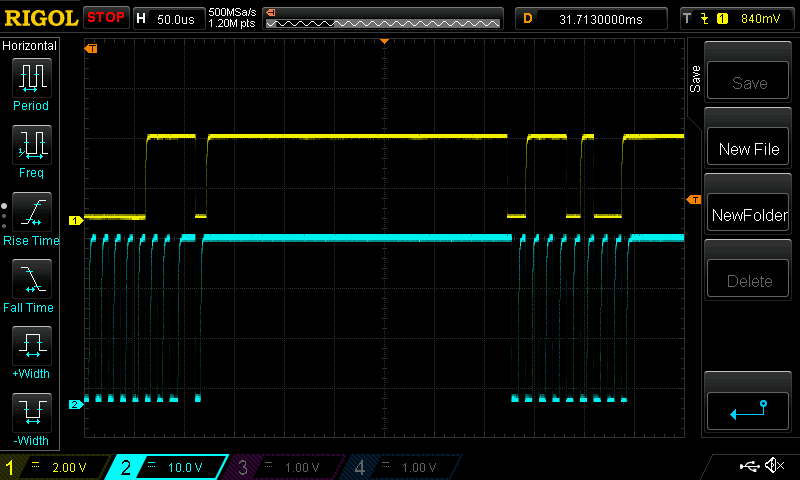I am using the TI TMDS181 chip as an equaliser for incoming HDMI signals. I have an issue with the response to unimplemented DDC (I2C) devices when using this chip. What is the expected behaviour of the TI TMDS181 chip when a DDC transaction received on the DDC SRC bus (SDA_SRC, SCL_SRC) is then NAK'd by the sink device on the DDC SNK bus (SDA_SNK, SCL_SNK)? Is this the correct form for support with the TMDS181 HDMI-to-TMDS device?
Thanks!
Simon



